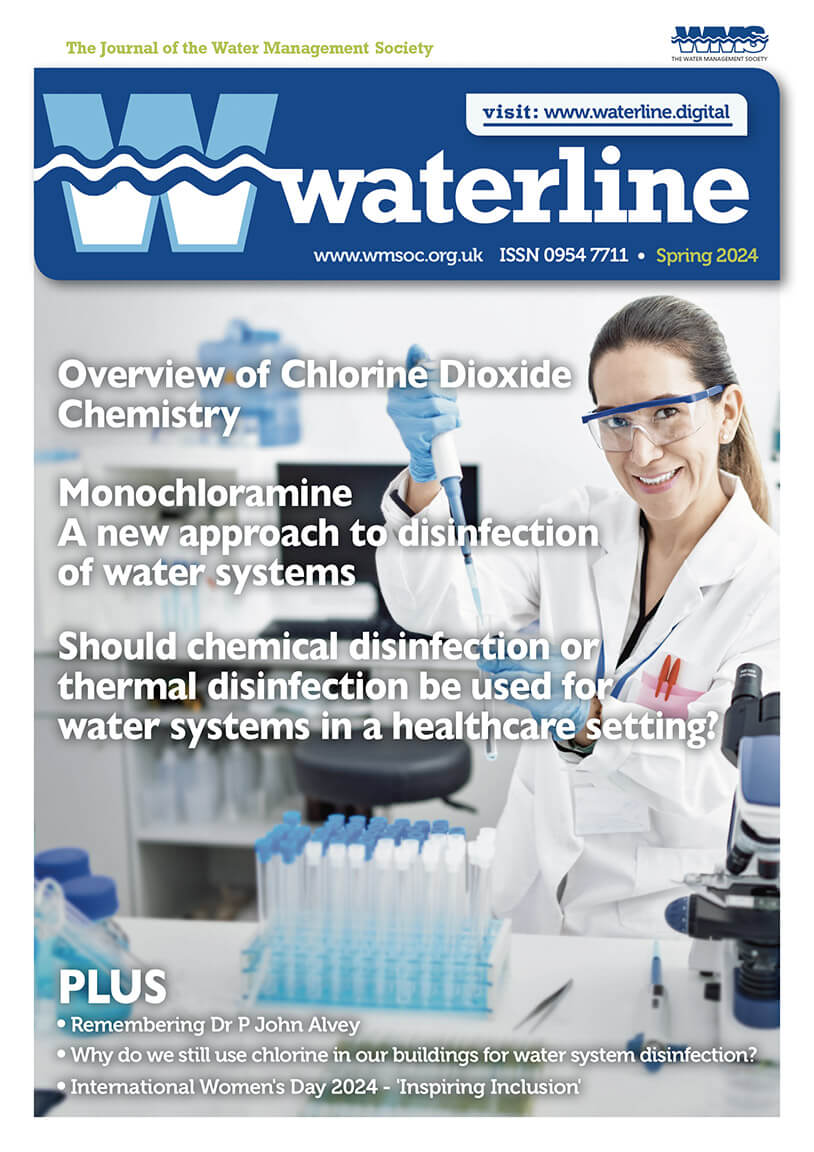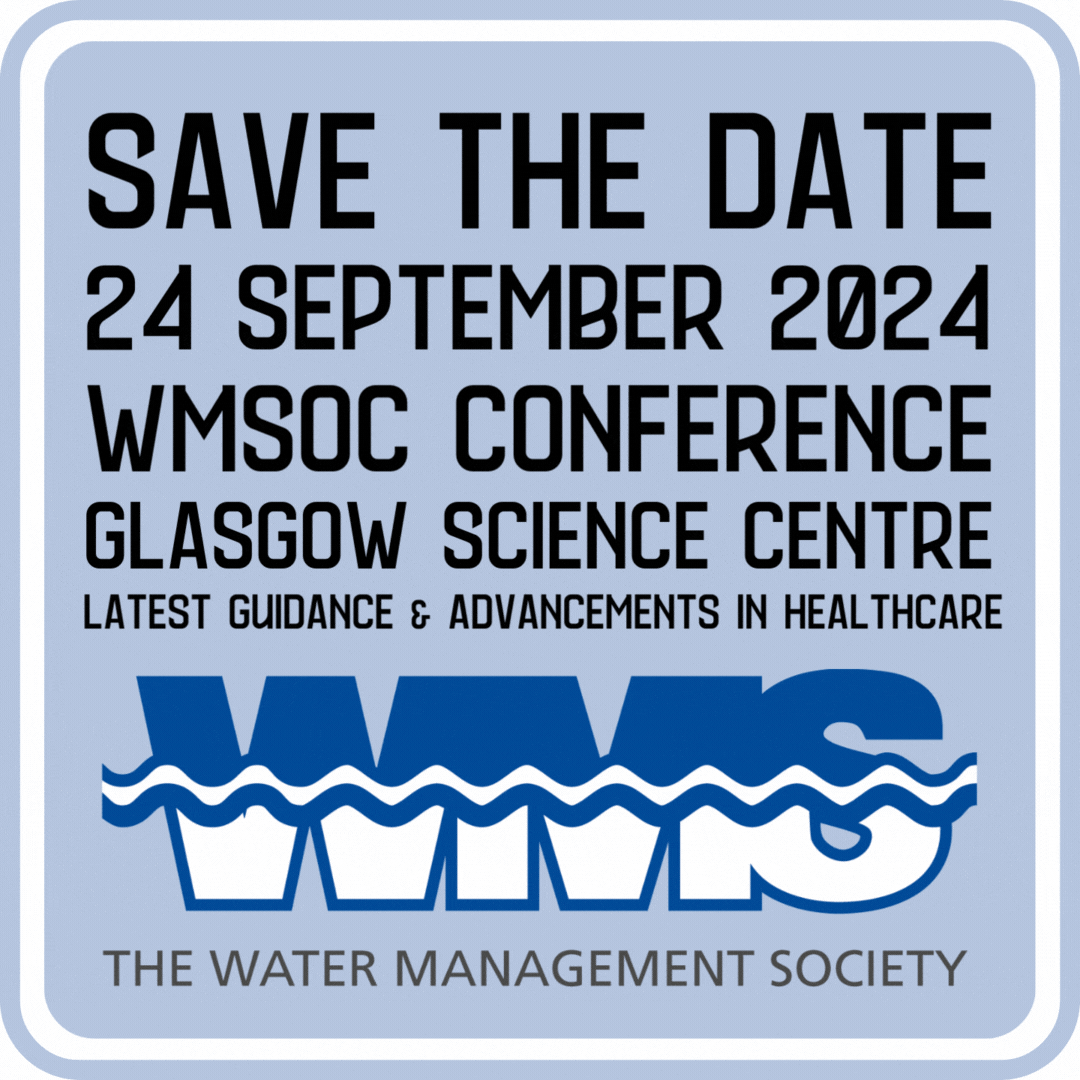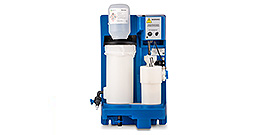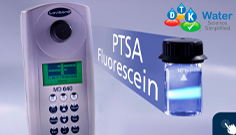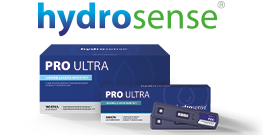Vuerich R, Martinelli V, Vodret S, Bertani I, Carletti T, Zentilin L, Venturi V, Marcello A, Zacchigna S. A new laser device for ultra-rapid and sustainable aerosol sterilization. Environ Int. 2022 Jun;164:107272. doi: 10.1016/j.envint.2022.107272. Epub 2022 May 2. PMID: 35526297; PMCID: PMC9060718. This study describes a new laser device able to sterilise droplets containing either… Read more »
Product Launch: Film forming amines.
This all-in-one solution offers low-dose, cost-effective treatment. Improves heat transfer efficiency by removing corrosion deposits, leading to cleaner surfaces. Enhances energy and resource efficiency by reducing Total Dissolved Solids (TDS). The stable film provided by polyamines ensures superior corrosion control, promoting longer equipment lifespan.
Plus - environmentally friendly, offering a greener alternative to traditional treatments.
Contact us on [email protected] for further information.



